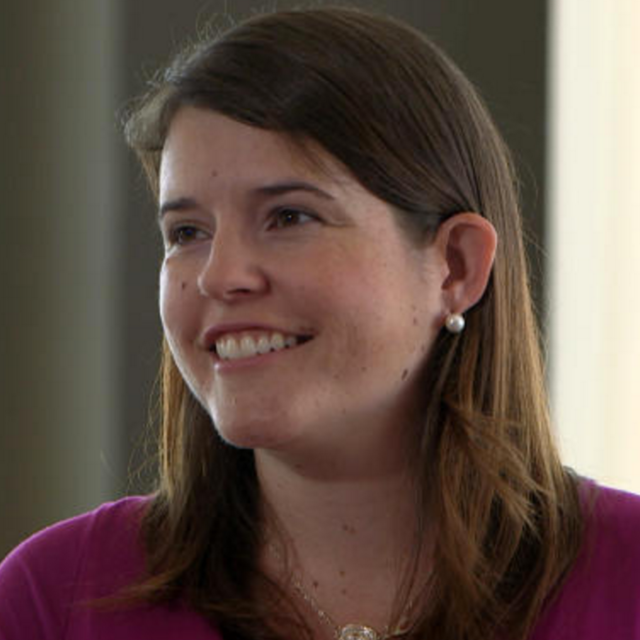May
2015
•
2015ApJ...804...10C
Authors
•
Crossfield, Ian J. M.
•
Petigura, Erik
•
Schlieder, Joshua E.
•
Howard, Andrew W.
•
Fulton, B. J.
•
Aller, Kimberly M.
•
Ciardi, David R.
•
Lépine, Sébastien
•
Barclay, Thomas
•
de Pater, Imke
•
de Kleer, Katherine
•
Quintana, Elisa V.
•
Christiansen, Jessie L.
•
Schlafly, Eddie
•
Kaltenegger, Lisa
•
Crepp, Justin R.
•
Henning, Thomas
•
Obermeier, Christian
•
Deacon, Niall
•
Weiss, Lauren M.
•
Isaacson, Howard T.
•
Hansen, Brad M. S.
•
Liu, Michael C.
•
Greene, Tom
•
Howell, Steve B.
•
Barman, Travis
•
Mordasini, Christoph
Abstract
•
Small, cool planets represent the typical end-products of planetary formation. Studying the architectures of these systems, measuring planet masses and radii, and observing these planets’ atmospheres during transit directly informs theories of planet assembly, migration, and evolution. Here we report the discovery of three small planets orbiting a bright (Ks = 8.6 mag) M0 dwarf using data collected as part of K2, the new ecliptic survey using the re-purposed Kepler spacecraft. Stellar spectroscopy and K2 photometry indicate that the system hosts three transiting planets with radii 1.5-2.1 {{R}\oplus }, straddling the transition region between rocky and increasingly volatile-dominated compositions. With orbital periods of 10-45 days the planets receive just 1.5-10× the flux incident on Earth, making these some of the coolest small planets known orbiting a nearby star; planet d is located near the inner edge of the system’s habitable zone. The bright, low-mass star makes this system an excellent laboratory to determine the planets’ masses via Doppler spectroscopy and to constrain their atmospheric compositions via transit spectroscopy. This discovery demonstrates the ability of K2 and future space-based transit searches to find many fascinating objects of interest.
Links






